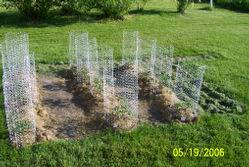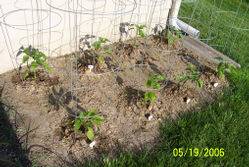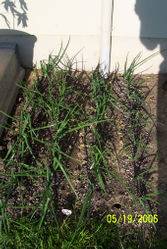RuralRoute420 said:i'm going to try the chive in a pot this year, how long does it take to grow?
in a sunny spot, not long
Both chive and mint are the best garden gifts to give to new and old friends to encourage them into growing their own,,, chive and mint are 'idiot prove' cause they don't mind the odd 'over' or 'under' watering,,, what you could call "hardy herbs"
peace dL
Last edited:


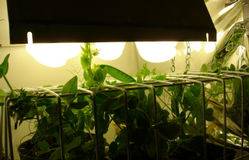
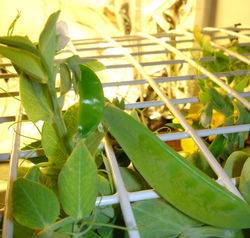
 now I've seen it all
now I've seen it all 



